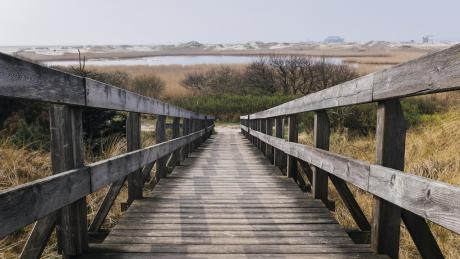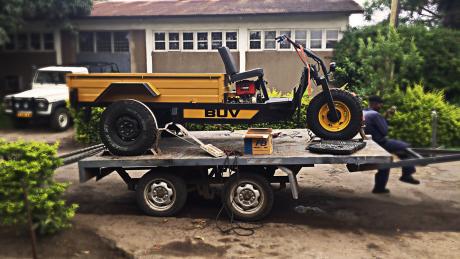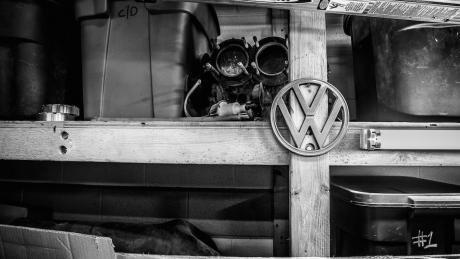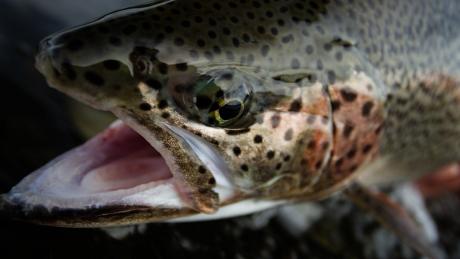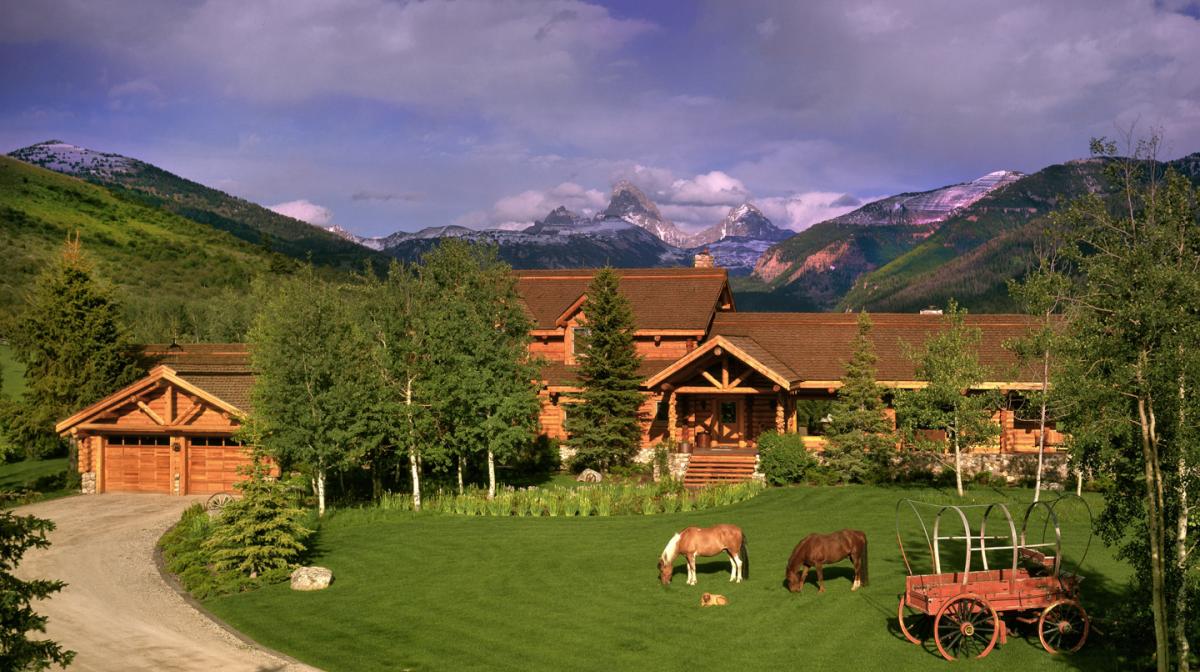
Architectural Eye
Editor's Note: So, we love cool buildings. Everything from old log cabins rotting in the mountains to Southwestern adobe to the Cathedral of Notre Dame. There's just something about good lines, a haunting beauty. So we asked And Sons friend Eric Figge―an award-winning architectural photographer―to share his thoughts and photos with us neophytes.
How did you get into architectural photography?
“Forests were the first temples of God and in forests men grasped their first idea of architecture.”
― James C. Snyder
I grew up with a camera in my hands from the age of about six or seven. Photography became a language for me… a way of expressing myself in a busy, chaotic family where I was the youngest of four children and had very little time with my busy professional dad, but he did make sure I had a nice camera and with no flash. He said to me, “I want to make sure you learn to see natural light.”
So, I never had a flash on my camera. I would learn to see and use natural light. This was an amazing gift to me, as it taught me to read light like a fly-fisherman reads a river. When I was 20, my father died of cancer. I was living alone in L.A., selling drugs to pay my rent. After dropping out of college for lack of funds and direction (Art Center College of Design), I was sitting on my old junior high playground hitting tennis balls against a wall.
I wasn’t walking with God at all, but he was pursuing me in some very dramatic ways and I knew it. I love Him for that. I was lost and alone, my family had moved away, and so I asked God, “What should I do? Where do I go from here?”
He answered quite clearly, “Move away from L.A. and your old ways and pursue architectural photography.” It was a revelation and my desire was relentless. I moved to Balboa Island in 1978, took classes at Orange Coast College in Architectural Photography and I met Heidi, who would become my wife. Heidi owned a hair salon in Newport Beach and we started dating. God had this all figured out, because it turned out most of Heidi’s clients were leading architects, builders and developers! Soon we were married and I had lots of very successful clients. One of them was Bart Hansen, a Texan with a nose for good development.
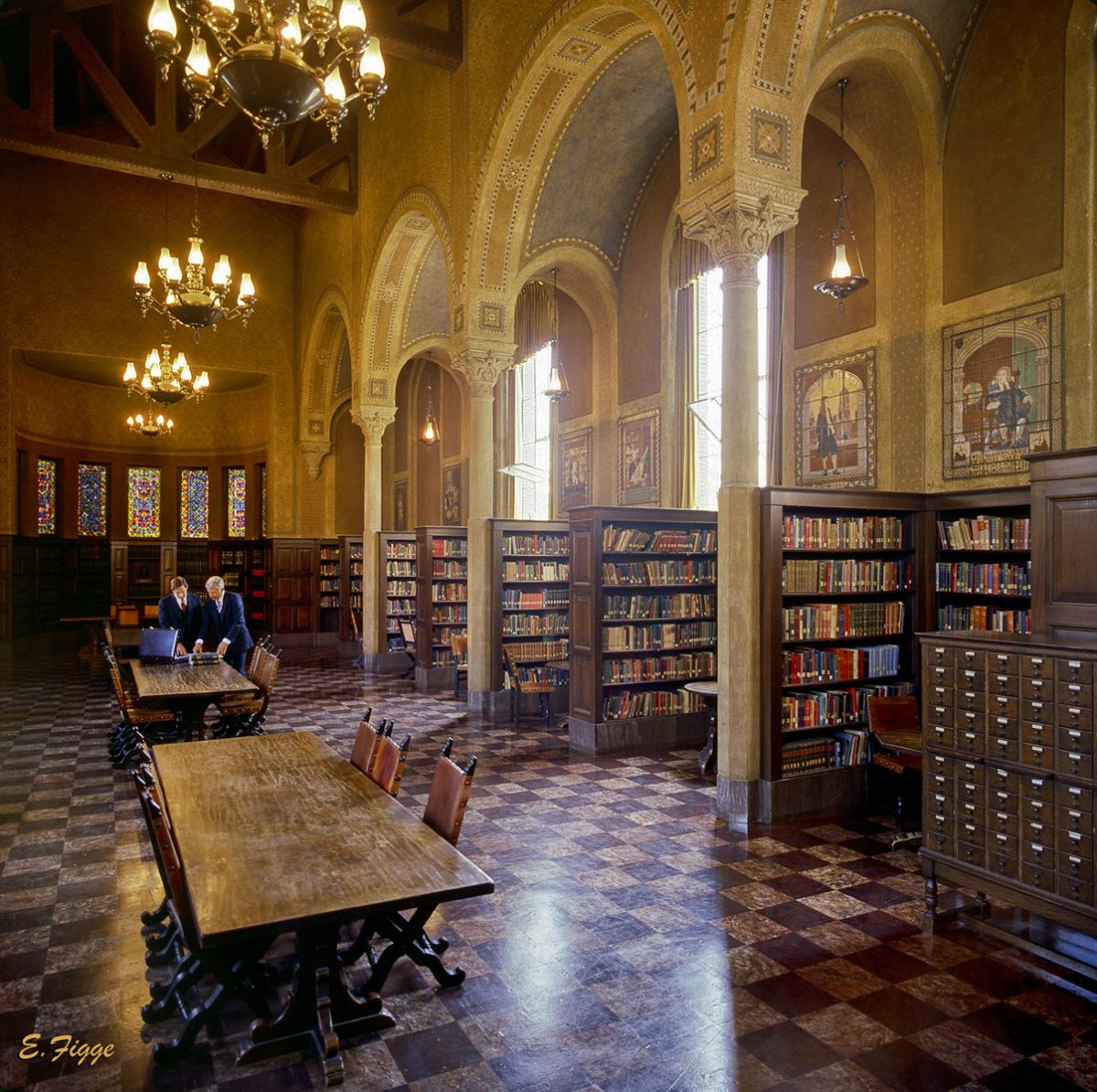
And what do you love about it?
As I became more proficient at lighting and composition, I developed my own style, my own techniques, and I guess you can say I fell in love with what I was doing. I developed a strong fondness for really good design, for space and balance and for designers with exceptional taste. I started getting published regularly and winning awards for and with my clients. And I developed some wonderful relationships with some very talented, successful people who have become very good friends.
As an architectural photographer, what are you looking for when you shoot structures as opposed to people?
“A truly great book should be read in youth, again in maturity and once more in old age, as a fine building should be seen by morning light, at noon and by moonlight.”
― Robertson Davies
I’m really looking for the glory in and of the design and structure. What will make it sing? When is the light best—morning, sunset, or afternoon? Does it need additional lighting? Maybe it’s better at night. Where and when does it really speak and shine best? Maybe the story would be best told in tighter images, in pieces rather then just one overall image.
Lens choice is critical. Not everything should be with a wide-angle lens… and never with a fish-eye. Also, It’s imperative that I speak with the architect or designer before I shoot. I need to hear what he or she wants to capture with regard to design, what the challenges and inspirations were. I need to hear the story. That’s so important.

What are your favorite "subjects" to shoot: log homes? hotels? Hollywood estates?
Well, I love beautiful log homes, old barns and ranches (I’d love a log home on a good fishing river). Professionally, I tend to be more comfortable and get more excited with well-designed custom homes and part of that is because it’s much easier to control my environment.
If I’m shooting a big hotel or resort in Vegas like The Bellagio or a resort in Cancun, there are so many factors involved with resort work. There can be really intense pressure to get wonderful results with a hotel or resort as they often spend thousands of dollars just on flowers, food, and props, and typically quite a few people are involved with production of the shoot. Things have to shut down so we can take photos, like restaurants, ballrooms, and presidential suites.
When I shoot a custom home, usually the owner is away and we have full control of the house which makes for smaller shoots with far less stress. But If you ask me what I want to shoot, then I’m off to Europe for a month, wandering the streets of Italy, France, Germany or somewhere in the Alps shooting whatever I run into—landscapes, people, castles, or old towns and cathedrals. There’s really no end to it. I could travel and shoot the world for the rest of my days. I have major wanderlust and a thirst for beauty. I can’t wait for heaven!
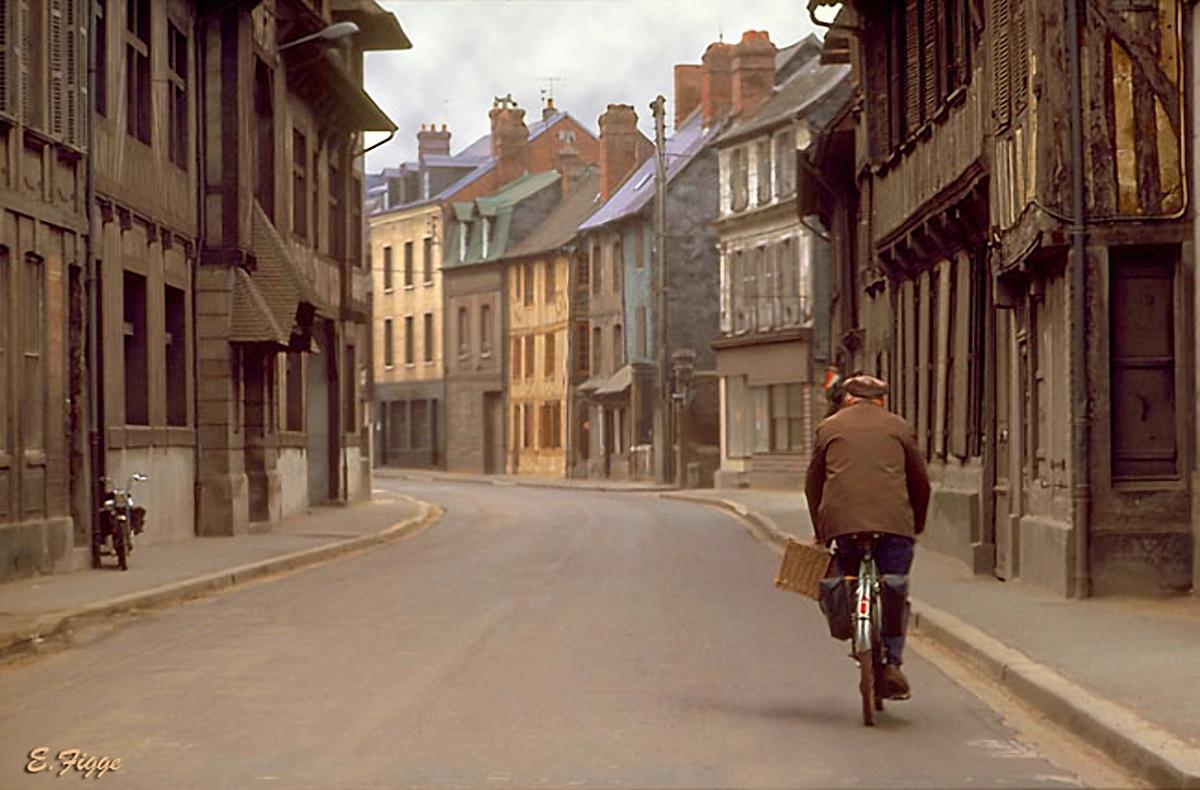
How do you see the beauty and not just the "grandeur" of your assignments?
“It is hard not to see into the future, faced with today's blind architecture - a thousand times more stupid and more revolting than that of other ages. How bored we shall be inside!”
― André Breton
I don’t really like everything we shoot, and I’m not a big a fan of the mega estate houses, but my job is to make whatever I shoot look amazing, I don’t have to like it. I really love and prefer relatively small, well-designed homes. More expensive is not always better.
I find some people with lots of money don’t necessarily have great taste, and they often hire designers or architects with weak or gaudy taste. When you walk into a well-designed home it just sings.

Do you have a favorite style of architecture?
"Good architecture is like a good therapy session, a good marriage, a good poem - gently and almost invisibly allowing you to be you, as flawed and as beautiful as you are."
—Robert Sullivan
I can’t say there’s one type of architecture I prefer over others. There’s so much beauty in so many different types, old and new. (Although there’s way more bad new architecture than really good.)
I’m really drawn to good movement with any structure. I love strength in design and a sense of balance in a well thought-out form. Space, beauty, and light have such wonderful effects on our hearts and our feeling of wonder, joy, and comfort. Texture and color can make you feel so playful and delightful, and when these elements all come together it speaks of Eden.
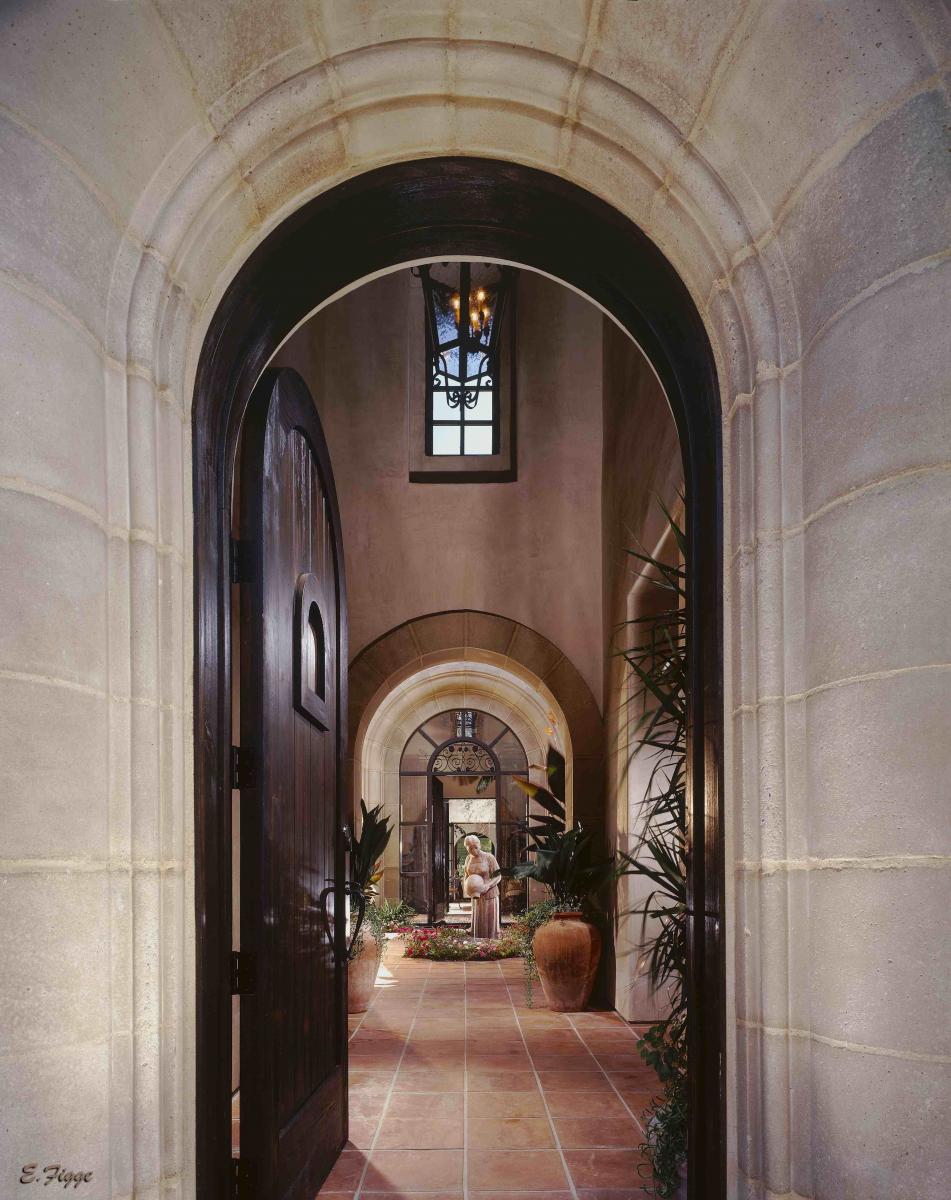
What's the hardest part of your trade?
I think the hardest part of this business is getting started and making a living at taking pictures. We’re assuming you’re a gifted artist, you’re hardworking, you have great technique, you have what it takes to compete in this business, and you have an understanding of your equipment and your subject matter.
You have to allow your subject sing.
Once you’re established and you have a strong clientele, you have a good strong reputation for wonderful work, you’re making all deadlines, you’re not a jerk to work with, and you’re producing consistently great results, then you have to keep it going, expand your relationships, and do the right thing. You become a master, a sage, and you walk with God. I always pray over my projects. I always ask Jesus to be present in and through my work.


